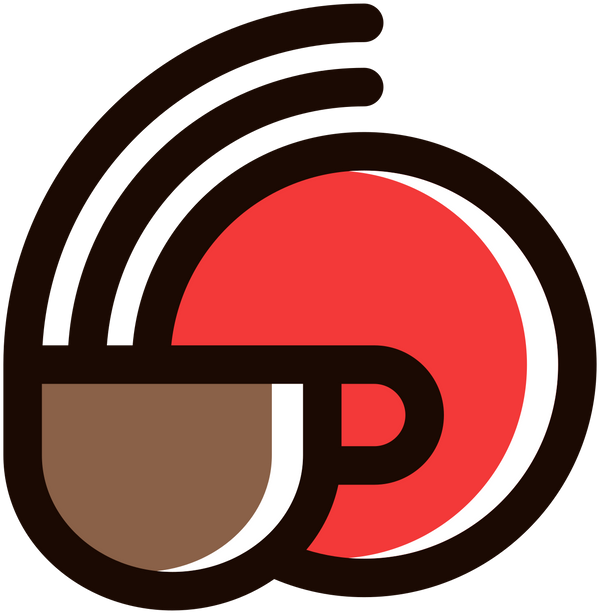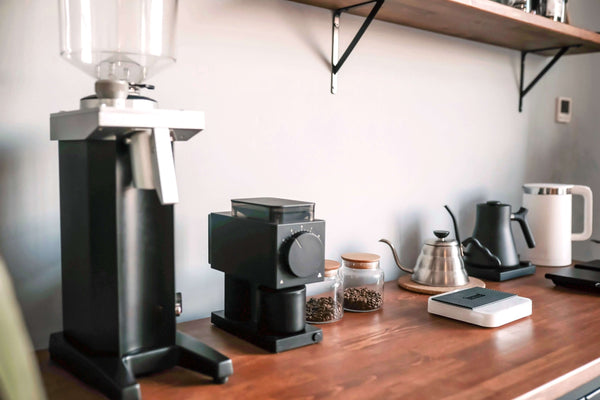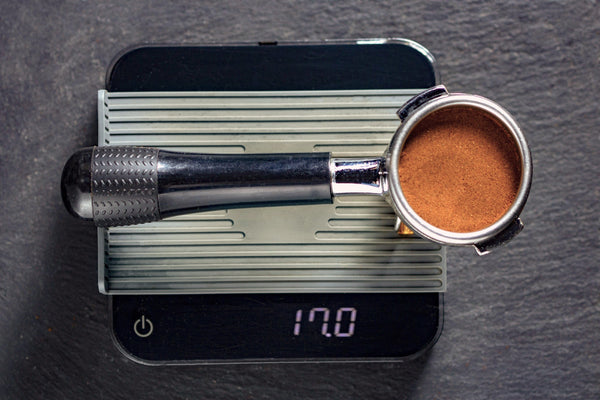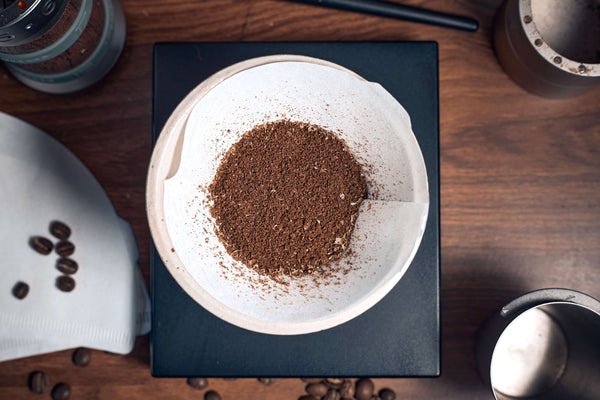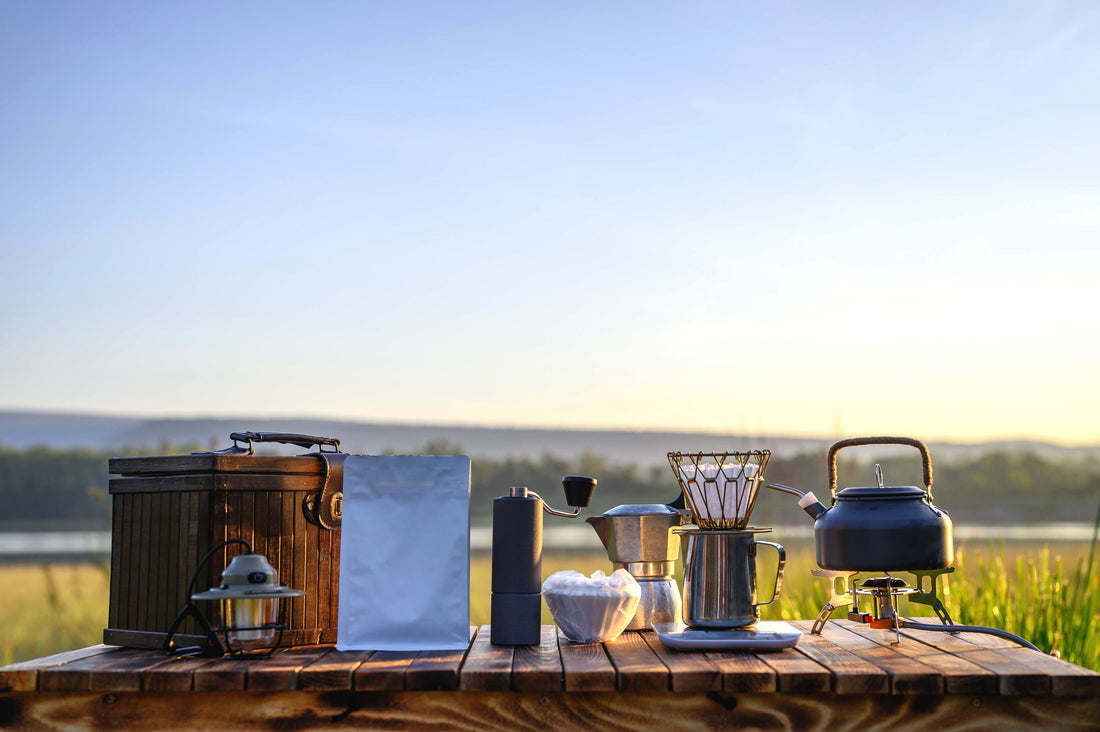
The Best Coffee Brewing Temperature
tai attitude4 min read
One of the most talked-about brewing variables among professional baristas and homebrewers alike is brew temperature.
As the brew temperature used to brew coffee impacts the sensory experience in the cup, a barista is always deliberate about their choice.
This article is to explore the intricacies of brew temperature and its role in coffee brewing, providing insights into making their own best possible brew.
What is the brew temperature?
Brew temperature is a critical variable in the coffee brewing process, as it determines the amount of energy available for the extraction phase.
Think of temperature simply as energy. During the coffee-brewing process, the extraction phase will always happen in the same way that the chemical composition of ground coffee gradually gets extracted by water.
Having more or less energy either speeds up or slows down the rate of the extraction phase process.
Read more about the extraction phase.
To put it in simpler terms:
The higher the brew temperature, the faster the extraction phase will be, thus requiring a shorter brew time.
The lower the brew temperature, the slower the extraction phase will be, thus requiring a longer brew time.
Since what we are striving for in coffee brewing is to stop at the ideal extraction range (neither under- nor over-extraction) for deliciousness, as long as we understand how much energy we are using and set the duration of brew time accordingly, any brew temperature can work.
The problem
Oftentimes, baristas limit themselves to a specific range of brew times based on the specific equipment they use. In such cases, they find that only a specific brew temperature range will work. In other words, other brew temperatures do not work.
The answer
Never limit brew time; rather, use brew temperature to correlate with brew time.
For example, when making pour-over coffee, try using 100°C water and brew in a shorter one and a half minutes. Alternatively, try using 75°C and brewing for a longer four minutes.
The numbers above are just perspectives of what is possible; in your real-life use-case scenario, it will require dial-in efforts to find your own. Upon doing so, find yourself pleasantly surprised by how the brewed coffee turns out.
For espresso, temperature works the same way. Compared to other coffee preparation methods, espresso has the advantage of thermal consistency due to its machine's engineering.
Though most espresso machines typically brew at factory-set 90–96 °C (194–205 °F), correlating to 24- to 32-second espresso shot brew time often produces better-tasting espresso.
However, if your espresso machine does have the option to change the brew temperature setting, when making such changes, be sure to correlate the changes with brew time. Again, with dial-in efforts, you will be pleasantly surprised by the widened possibilities.
Brew temperature ≠ water temperature
In applying the right brew temperature, it takes the understanding, awareness, and adaptability of the barista to the situation.
To elaborate, adjusting brew temperature is always specific to the brew, which factors in the temperatures of ground coffee, equipment, environment, and water being used. Collectively, these energies add up during the coffee-brewing process.
Contrary to popular belief, the temperature of water is not the only energy contributor to the extraction phase, but it does contribute the most energy and happens to be what we can adjust directly as follows:
If the ground coffee, equipment, or environment are at lower temperatures, use higher water temperatures.
If the ground coffee, equipment, or environment are at higher temperatures, use lower water temperatures.
In addition, since water is not the only energy contributor, use an infrared or digital thermometer to measure the slurry (mixture of water and ground coffee) during coffee brewing for an accurate representation of the brew temperature (energy).
Strength and extraction aspects
Strength
Strength in the context of coffee refers to how strong or weak the coffee beverage is. It is the relationship between the dissolved compounds of ground coffee and water.
Interestingly, using a higher brew temperature in coffee brewing results in only a marginal increase in strength in the cup. Vice versa.
It turns out that the slight increase or decrease of dissolved compounds caused by temperature is insignificant to concentrate or dilute the brewed coffee. As brewed coffee is, after all, still predominantly composed of approximately 93–99% water.
If strength is a consideration, the brew ratio and grind size are the better go-to variables to alter instead.
Extraction
Extraction refers to how much has been extracted from ground coffee during the coffee-brewing process. It represents the overall flavour attributes of the cup.
Using a higher brew temperature in coffee brewing results in a significant extraction increase, skewing brewed coffee towards more bitterness.
This is due to the fact that more energy increases the rate of extracting more out of ground coffee in a given time, resulting in higher extraction. The opposite also holds true.
In a nutshell, brew temperature is a great variable in the arsenal of a barista for particularly adjusting extraction (acidity, sweetness, bitterness, and flavour notes) without impacting strength (thickness or thinness) by much.
Extra information
The best coffee brewing temperature is one that brews the best-tasting coffee. Such a best-brew temperature is situational; it will have to be accessed through the barista's understanding, awareness, and adaptability.
By not fixating on a specific set of brew times, a wider effective range of brew temperatures becomes available.
The brewing temperature impacts the extraction phase, as it is distinct from the serving temperature that influences our sensory perception. Serving temperature is another important topic that deserves its own article in the future.
As profound as brew temperature has on the coffee brewing process, it is not the sole variable. Check out the other four coffee brewing variables that have their own impact on coffee brewing in this article.
